Edward Verenich
Pulmonary Disease Classification Using Globally Correlated Maximum Likelihood: an Auxiliary Attention mechanism for Convolutional Neural Networks
Sep 01, 2021
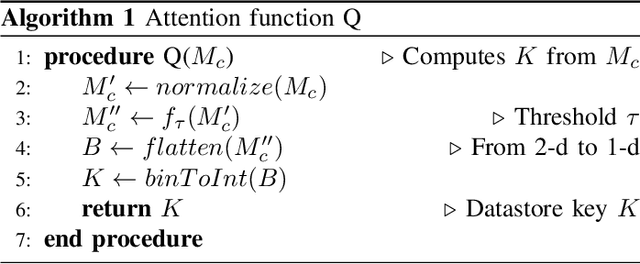
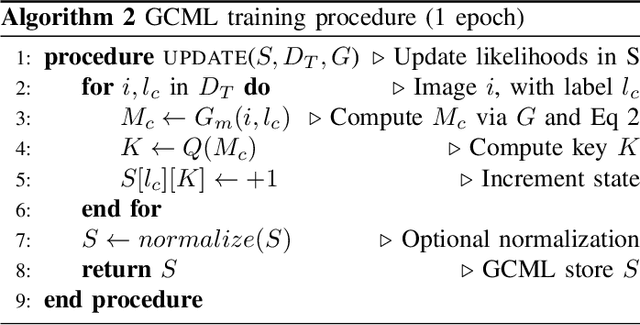

Abstract:Convolutional neural networks (CNN) are now being widely used for classifying and detecting pulmonary abnormalities in chest radiographs. Two complementary generalization properties of CNNs, translation invariance and equivariance, are particularly useful in detecting manifested abnormalities associated with pulmonary disease, regardless of their spatial locations within the image. However, these properties also come with the loss of exact spatial information and global relative positions of abnormalities detected in local regions. Global relative positions of such abnormalities may help distinguish similar conditions, such as COVID-19 and viral pneumonia. In such instances, a global attention mechanism is needed, which CNNs do not support in their traditional architectures that aim for generalization afforded by translation invariance and equivariance. Vision Transformers provide a global attention mechanism, but lack translation invariance and equivariance, requiring significantly more training data samples to match generalization of CNNs. To address the loss of spatial information and global relations between features, while preserving the inductive biases of CNNs, we present a novel technique that serves as an auxiliary attention mechanism to existing CNN architectures, in order to extract global correlations between salient features.
Improving Explainability of Image Classification in Scenarios with Class Overlap: Application to COVID-19 and Pneumonia
Aug 16, 2020


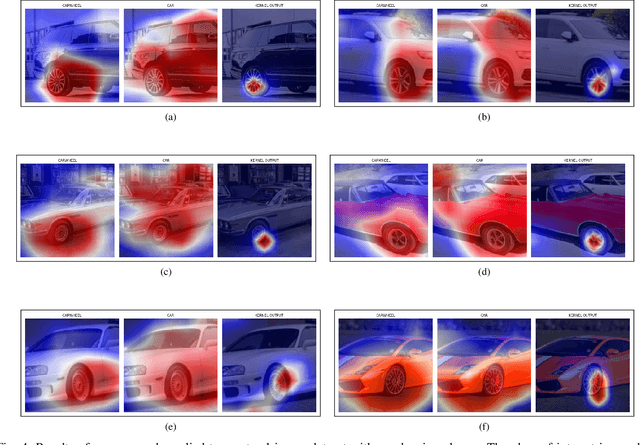
Abstract:Trust in predictions made by machine learning models is increased if the model generalizes well on previously unseen samples and when inference is accompanied by cogent explanations of the reasoning behind predictions. In the image classification domain, generalization can be assessed through accuracy, sensitivity, and specificity. Explainability can be assessed by how well the model localizes the object of interest within an image. However, both generalization and explainability through localization are degraded in scenarios with significant overlap between classes. We propose a method based on binary expert networks that enhances the explainability of image classifications through better localization by mitigating the model uncertainty induced by class overlap. Our technique performs discriminative localization on images that contain features with significant class overlap, without explicitly training for localization. Our method is particularly promising in real-world class overlap scenarios, such as COVID-19 and pneumonia, where expertly labeled data for localization is not readily available. This can be useful for early, rapid, and trustworthy screening for COVID-19.
FlexServe: Deployment of PyTorch Models as Flexible REST Endpoints
Feb 29, 2020
Abstract:The integration of artificial intelligence capabilities into modern software systems is increasingly being simplified through the use of cloud-based machine learning services and representational state transfer architecture design. However, insufficient information regarding underlying model provenance and the lack of control over model evolution serve as an impediment to the more widespread adoption of these services in many operational environments which have strict security requirements. Furthermore, tools such as TensorFlow Serving allow models to be deployed as RESTful endpoints, but require error-prone transformations for PyTorch models as these dynamic computational graphs. This is in contrast to the static computational graphs of TensorFlow. To enable rapid deployments of PyTorch models without intermediate transformations we have developed FlexServe, a simple library to deploy multi-model ensembles with flexible batching.
The Utility of Feature Reuse: Transfer Learning in Data-Starved Regimes
Feb 29, 2020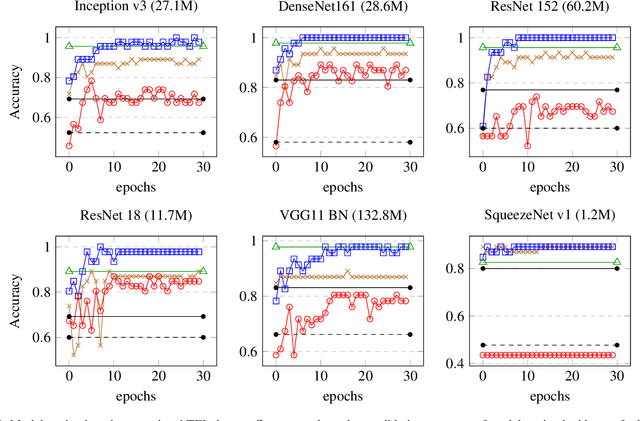
Abstract:The use of transfer learning with deep neural networks has increasingly become widespread for deploying well-tested computer vision systems to newer domains, especially those with limited datasets. We describe a transfer learning use case for a domain with a data-starved regime, having fewer than 100 labeled target samples. We evaluate the effectiveness of convolutional feature extraction and fine-tuning of overparameterized models with respect to the size of target training data, as well as their generalization performance on data with covariate shift, or out-of-distribution (OOD) data. Our experiments show that both overparameterization and feature reuse contribute to successful application of transfer learning in training image classifiers in data-starved regimes.
Hazard Detection in Supermarkets using Deep Learning on the Edge
Feb 29, 2020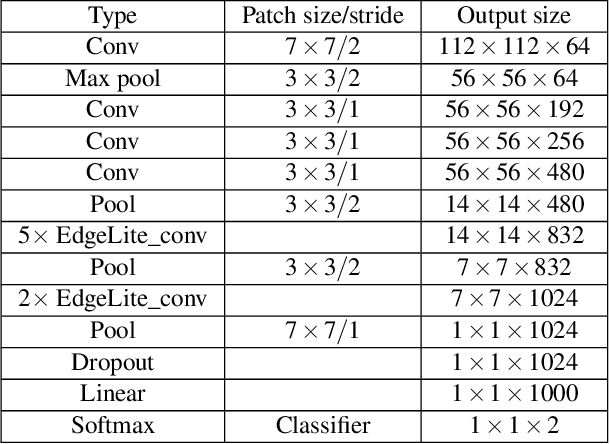

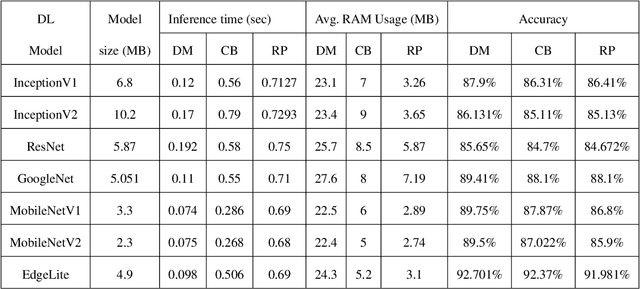
Abstract:Supermarkets need to ensure clean and safe environments for both shoppers and employees. Slips, trips, and falls can result in injuries that have a physical as well as financial cost. Timely detection of hazardous conditions such as spilled liquids or fallen items on supermarket floors can reduce the chances of serious injuries. This paper presents EdgeLite, a novel, lightweight deep learning model for easy deployment and inference on resource-constrained devices. We describe the use of EdgeLite on two edge devices for detecting supermarket floor hazards. On a hazard detection dataset that we developed, EdgeLite, when deployed on edge devices, outperformed six state-of-the-art object detection models in terms of accuracy while having comparable memory usage and inference time.
 Add to Chrome
Add to Chrome Add to Firefox
Add to Firefox Add to Edge
Add to Edge